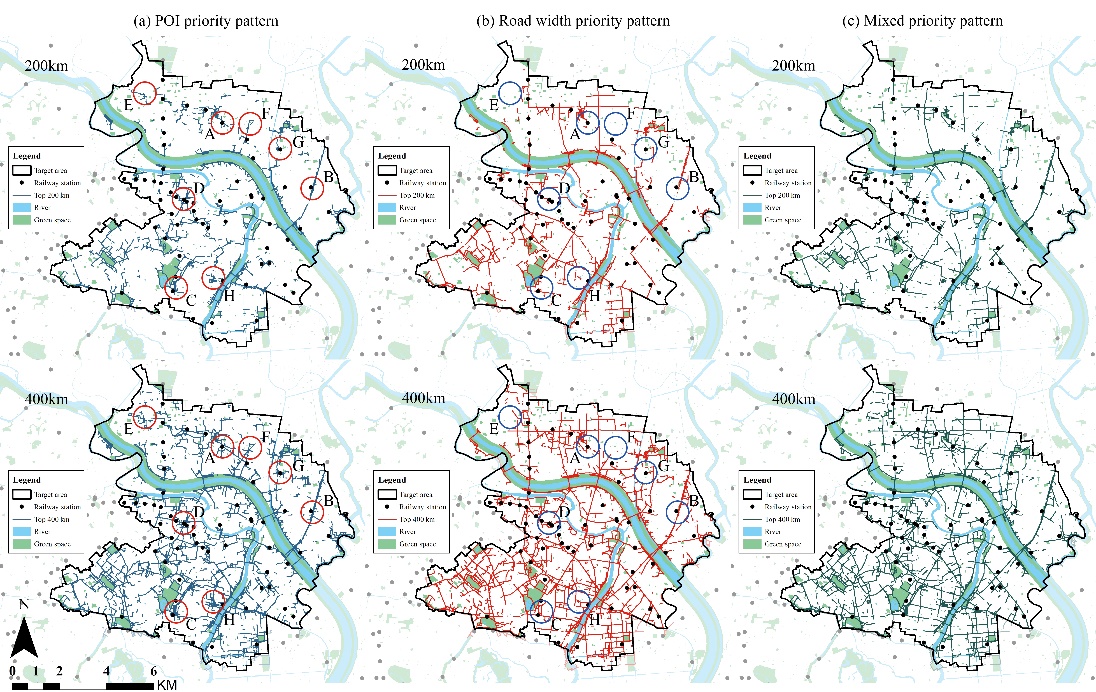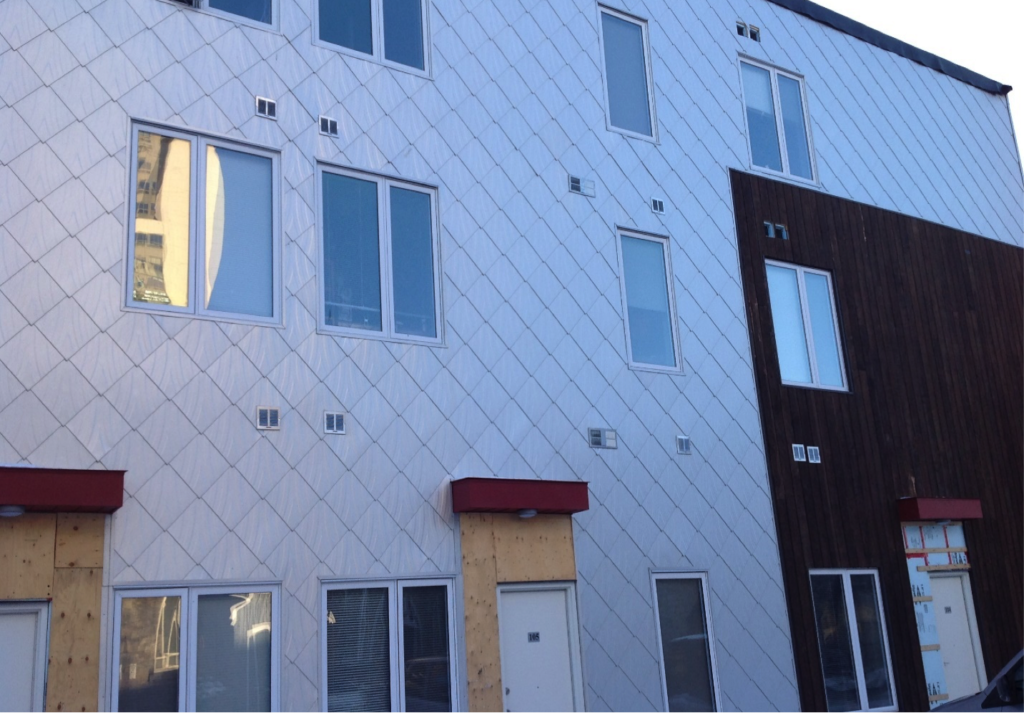City Know-hows

A case study in Tokyo reveals how road width, green spaces, and local amenities influence joggers’ route selection, drawn from extensive data analysis. These insights hold significant implications for urban planning strategies, advocating for city designs that prioritize exercise and outdoor activities.
Share
Target audience
Urban designers and planners; Public health and physical activity teams.
The problem
Despite increasing interest in jogging’s benefits for physical and mental well-being, numerous questions persist about ideal jogging route selection and design. What makes a road suitable for jogging? What city conditions lead to higher satisfaction for joggers? Do government-planned roads inherently meet joggers’ needs? These inquiries highlight the complexity of urban jogging route selection and its impact on city planning.
What we did and why
We explored joggers’ route preferences in Tokyo, using STRAVA data to find a correlation between route popularity and factors like road width, green spaces and points of interest. Aimed at informing urban planning strategies, our research can guide the design of routes that enhance jogger convenience and community safety. This preference-based approach could offer valuable insights into crafting more outdoor-friendly urban environments.
Our study’s contribution
We explored joggers’ route preferences in Tokyo, using STRAVA data; clarifying the preferred route by jogger by combining road network and STRAVA heatmap data.
Impacts for city policy and practice
Our study implications for city policy and practice are:
Use our approach to understand jogger preferences for healthier city planning.
Prioritize the balance of amenities like road width, points of interest, green spaces and route connectivity in designing jogging routes.
Apply our methodology to guide urban planning to create jogger-friendly environments, enhance urban trails, and improve outdoor spaces.
Further information
Full research article:
Preference-based jogging route selection in downtown Tokyo by Yumeng Huang, Sunyong Eom, and Tsutomu Suzuki.
Related posts

The meaning, measurement, causes and consequences of social connectedness in cities. A useful primer and pragmatic framework for healthy cities, urban futures and public health.

Poorly designed neighbourhood outdoor spaces can harm citizens’ mental health, such as presenting them with information overload, crowding or low exposure to nature. Our research explored which design elements can support urban designers in designing neighbourhood outdoor spaces that can reduce stress and attention fatigue and improve the mental health of all citizens.

There is a need for specific municipal social service housing programming aimed at helping seniors navigate rental listings, identify suitable rentals, and then secure and retain rental housing.